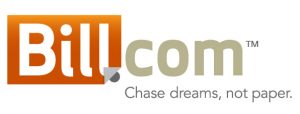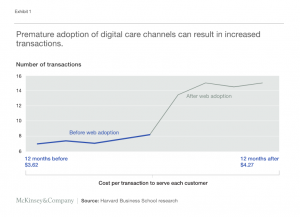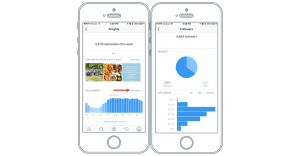So you’ve decided to build an email nurture. That’s great! Whether it’s part of an awareness campaign, a follow-up from an assessment or an attempt to turn a sale, an email nurture is a great way to deliver relevant information to prospects and customers. But how do you make sure that your nurture is comprehensive and that all of your internal stakeholders are happy with the content before spending a lot of time and effort on the copy? Message maps!
What’s a message map?
You probably already know the answer but as a refresher, a message map is a holistic view of your content—a way to organize your key messages and ensure consistency throughout the buyer’s journey. In this case, it’s a layout of your nurture that provides all the key ingredients of each email. For instance, if your nurture is targeted toward buyers in the awareness part of the funnel, you may want to focus each email on a specific problem and solution.
To support each message, you should be able to provide two or three key facts or messaging statements that will allow your writer to expand on the topic. If there’s an existing graphic you’d like to incorporate into your email, mention it in the Supporting Facts section of your map, along with a link to the original file. Additionally, your message map should include up to two asset links per email that will drive the reader to keep engaging with your content.
For example, a message map for a company that provides project management software might look like this:
| Drop One | Drop Two | Drop Three | |
| Problem | Many projects are completed late and over budget. | It’s hard to keep stakeholders involved. | Management has very little insight into their available resources. |
| Solution | Project management software can identify and mitigate risks that may slow production. | Keeping stakeholders up to date and informed of project progress can help encourage their involvement. | Project management software can offer visibility into talent availability. |
| Supporting Facts |
|
|
|
| Primary CTA | “How to Keep Projects Efficient” white paper | “Top 5 Ways to Excite Stakeholders” infographic | “Increasing Visibility” video |
| Persistent CTA | Phone number: 512-055-1234 | ||
*All example map statistics captured from the Capterra blog.
What else should a message map include?
Beyond these details, how in-depth your message map gets is up to you. Sometimes, your message map is accompanied by a campaign architecture. In those cases, the messaging details may be all you need; however, if no architecture is available, you may want to include cadence information.
Cadence information can come in three forms:
- Interval drops: In some campaigns, emails are dropped in a pattern, such as every three days or once a week.
| Drop One | Drop Two | Drop Three | |
| Cadence | Emails drop every 7 days. | ||
| Problem | Many projects are completed late and over budget. | It’s hard to keep stakeholders involved. | Management has very little insight into their available resources. |
- Event-anchored drops: For other campaigns, emails may drop in relation to a customer-specific event, such as a subscription expiration.
| Drop One | Drop Two | Drop Three | |
| Cadence | 30 days before expiration. | 1 day before expiration. | 7 days after expiration. |
| Topic | Your subscription will expire in 30 days. | Your subscription expires tomorrow! | You’ve been without coverage for a week! |
- Dated drops: For time-sensitive campaigns, such as holiday campaigns, the cadence may not be listed in intervals; instead, specific dates will be labeled.
| Drop One | Drop Two | Drop Three | |
| Cadence | December 20 | December 25 | January 1 |
| Topic | Christmas is coming! | Merry Christmas! | Happy New Year! |
If your message map contains statistics or other supporting facts, it may also be helpful to include the relevant citations or sources. Doing so will help your writer quickly track this information if they need to use the data in their copy. And finally, if your email nurture covers multiple stages of the buyer’s journey, you should use your message map to label which emails belong to each stage.
What programs should I use to create my message map?
Your message map doesn’t need to have a lot of bells and whistles. For some people, creating a table in Excel or Word will do. For others, programs like Visio and PowerPoint provide more in-depth options that are perfect to illustrate the flow and messaging aspects of a campaign simultaneously.
Then what?
When you’ve finished your message map, it’s important to circulate it among your key stakeholders and get their seal of approval. Once everyone is happy and has signed off on the document—congratulations! You’re ready to pass it on to your writer.
If your writer is following the message map closely, there shouldn’t be any surprises when they submit their first draft of emails. Instead, your main focus at that point should be on phrasing, layout, length and grammar. Altering your process to include a message map allows you to focus on the details much sooner and eliminate the guesswork for your writer. And trust me—they’ll thank you for giving them such a thoughtful, stakeholder-approved document to guide the way!
Business & Finance Articles on Business 2 Community(67)







